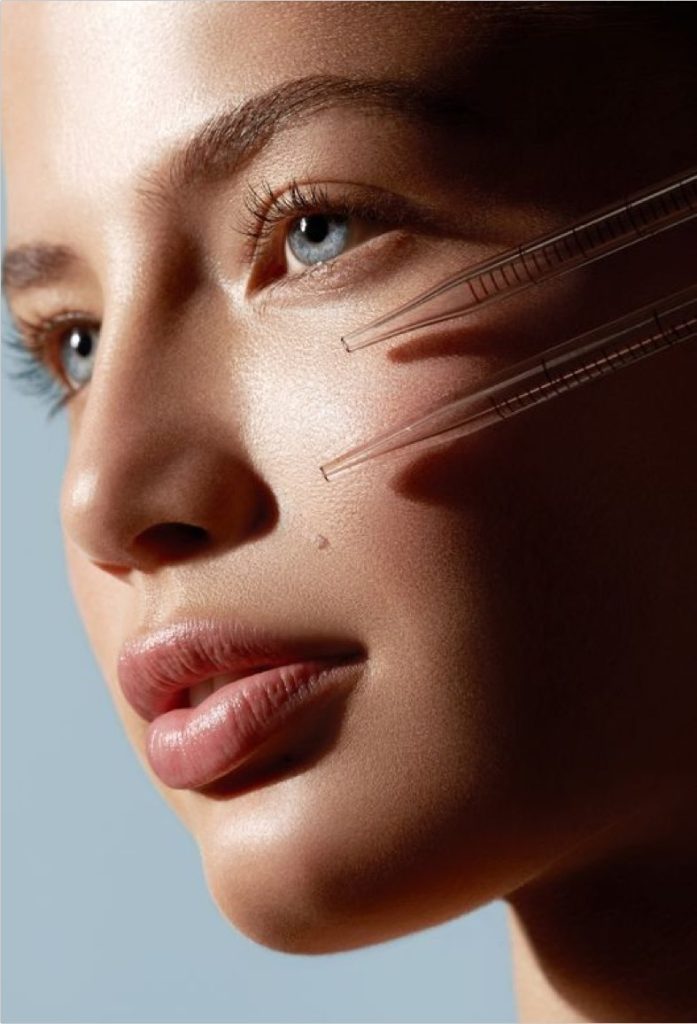


It is driven by the need for comprehensive facial rejuvenation and natural enhancement in modern aesthetic medicine.

Fat grafting, also known as fat transfer or lipofilling, is a cosmetic procedure that involves removing excess fat from one part of the body (such as the abdomen, thighs, or flanks) and injecting it into another area to restore volume. This technique is commonly used for facial rejuvenation, breast augmentation, or body contouring.
The process typically involves liposuction to harvest the fat, which is then purified and re-injected into the target area. Since the fat is from the patient’s own body, the procedure generally carries a lower risk of rejection or allergic reactions. Fat grafting is popular for creating natural-looking, long-lasting results in areas that may have lost volume due to aging, weight loss, or other factors.




Volume Restoration
Natural Appearance
Skin Rejuvenation
Long-lasting Results
Improvement of Skin Quality
Facial Contouring
Cellulite Reduction

Biocompatibility
Since the procedure uses the patient’s own fat, there is no risk of allergic reactions or rejection, making it a safe and natural option.
Dual Benefit
Fat grafting not only adds volume to the desired area but also allows for body contouring in the donor area through liposuction.Minimal Scarring
The procedure involves small incisions for fat removal and treatment, leading to minimal scarring.
Versatility
It can be used on various parts of the body, such as the face, hands, breasts, and buttocks, making it a versatile cosmetic treatment.
Improved Skin Quality
In addition to adding volume, fat grafting can also enhance skin elasticity and texture due to the regenerative properties of fat cells.Fat Grafting is a popular option for those seeking a natural and long-lasting way to rejuvenate or enhance different parts of the body.


Fat Grafting procedures typically take about 1 to 3 hours, depending on the areas being treated and the amount of fat being transferred.
Fat Extraction
Fat Processing
Precise treatment

Post-Treatment Care Guidelinees for Fat Grafting Treatment
Post-Treatment Care Guidelinees for Fat Grafting Treatment

Avoid Sun Exposure
Protect treated areas from direct sunlight for at least 6 weeks with SPF 30+ and protective clothing to prevent pigmentation changes.

Keep the Area Clean
Follow your surgeon’s cleansing instructions and avoid harsh products to prevent infection.

Post-Procedure Rest
Avoid strenuous activities for 2-3 weeks to minimize swelling and bruising.

Compression Garments
Wear prescribed compression garments on both the donor and recipient areas to support healing and reduce swelling.

Avoid Touching or Massaging
Refrain from massaging or manipulating treated areas for at least 2-3 weeks to protect the grafts.

Swelling and Bruising
Expect swelling and bruising at donor and recipient sites, which should subside within 1-2 weeks.

Here are some frequently asked questions (FAQs) about Fat Grafting
Is the procedure painful?
Local or general anesthesia is used, so you won’t feel pain during the procedure. Some discomfort, swelling, or bruising may occur during recovery, but it can be managed with medication.
How much fat is needed for the procedure?
The amount of fat required depends on the treatment area. Small areas like the face may need only a few milliliters, while larger areas like the buttocks may require several hundred milliliters.
Can fat grafting be combined with other procedures?
Yes, fat grafting can be combined with other cosmetic treatments, such as facelifts, liposuction, or breast augmentation, for enhanced results.
How soon can I see the results?
Initial results are visible immediately, but the final outcome can take a few months as swelling subsides and the fat settles.
Will I have scars?
The procedure involves small incisions for fat removal and treatment, which usually result in minimal, barely visible scarring.
Are there any risks or side effects?
Possible risks include infection, bruising, swelling, asymmetry, or fat reabsorption. Choosing an experienced surgeon can help minimize these risks.
How long do the results last?
Fat grafting results can be long-lasting, as some of the transferred fat cells integrate permanently. However, about 30-50% of the fat may be reabsorbed by the body, so additional sessions might be needed.
What is the recovery time?
Recovery usually takes a few days to a few weeks. Swelling and bruising may persist for 2 to 3 weeks, with most patients resuming normal activities within a week.



